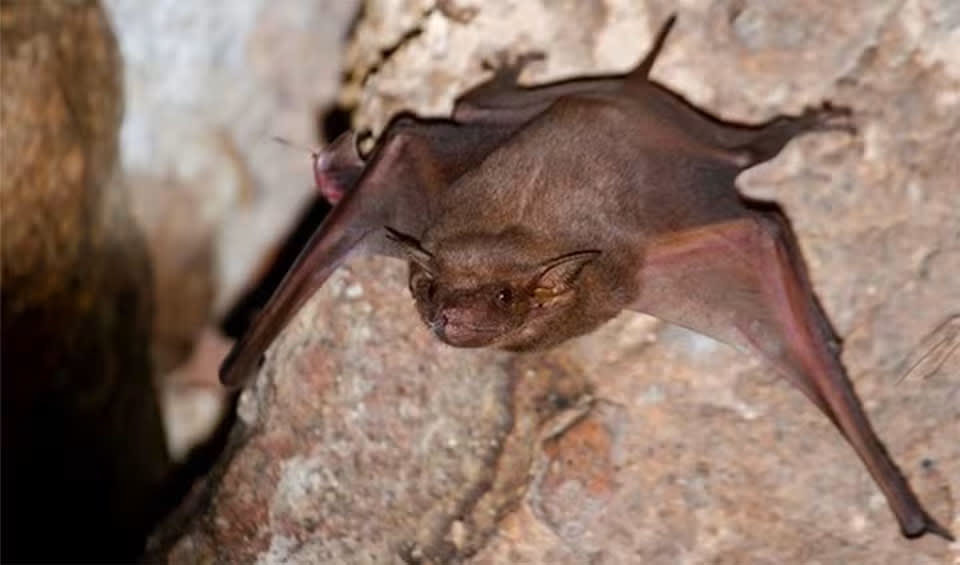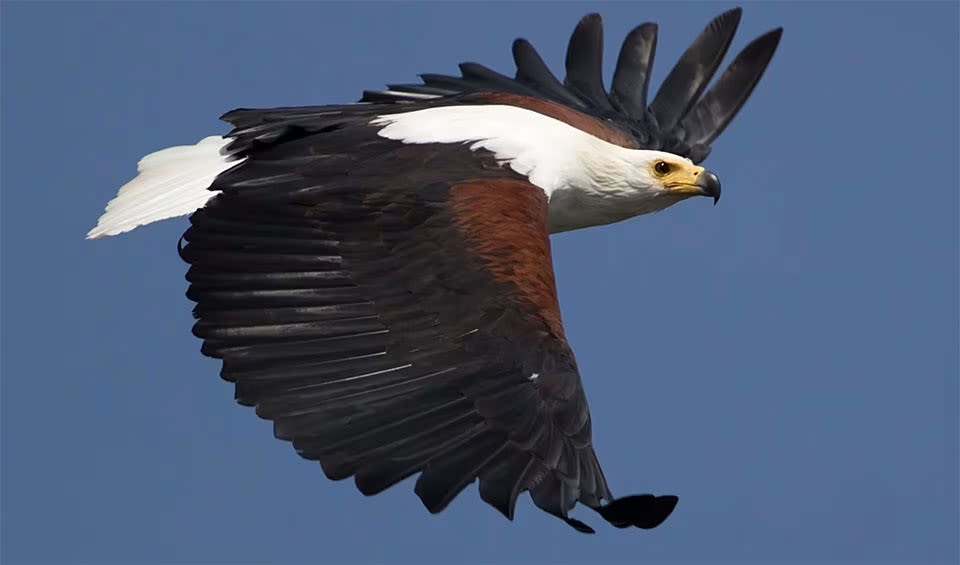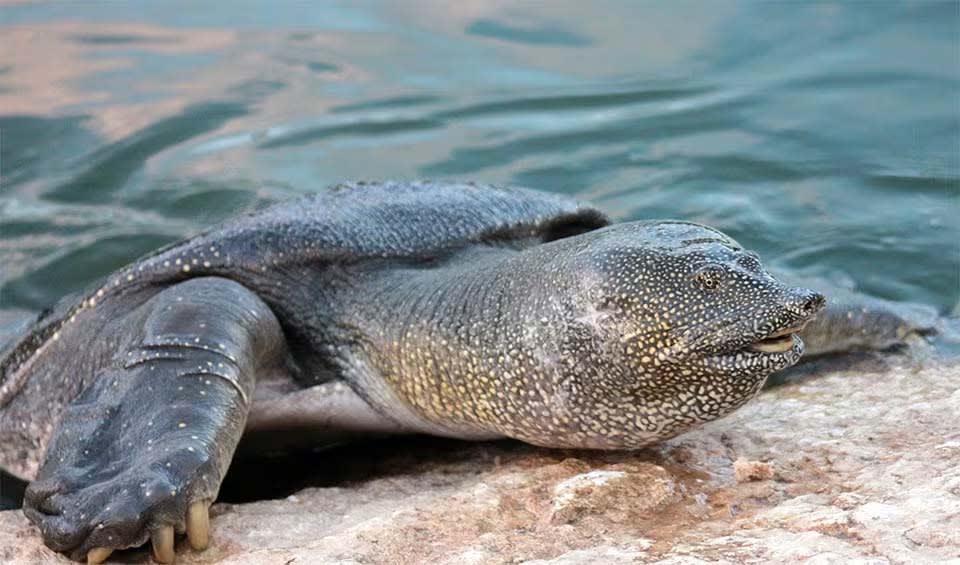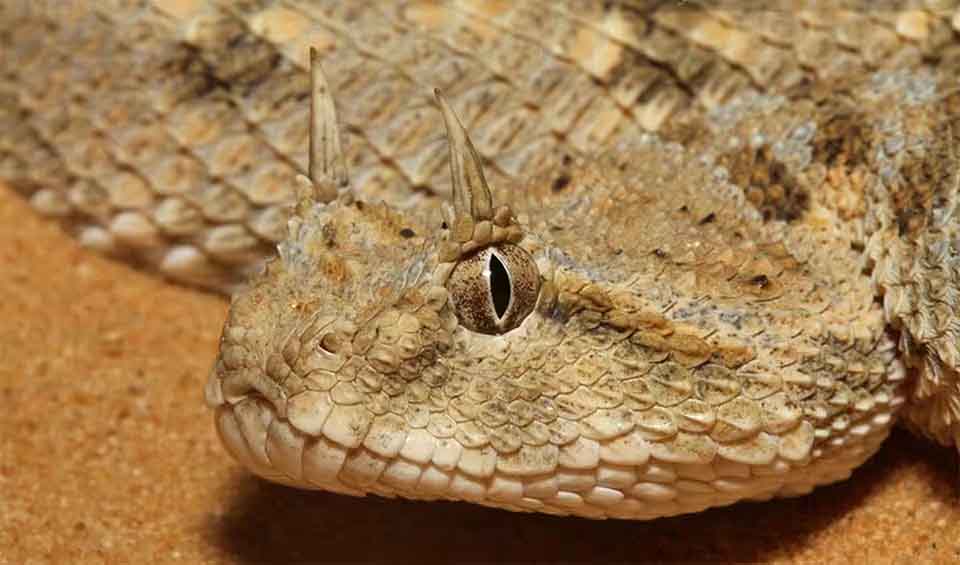Chad, a landlocked country located in North Central Africa, is known for its diverse landscapes and ecosystems, stretching from the Sahara Desert in the north to the lush Sudanian savannas in the south. Despite its vast size, covering about 1.28 million km² (396,913 mi²), Chad’s harsh climatic conditions and geographical features present unique challenges and opportunities for its biodiversity. Several distinct regions mark its geography. The northern part of the country is dominated by the Sahara Desert, featuring vast, arid landscapes with little vegetation.
Moving south, the terrain shifts into the Sahelian belt, where sparse grasslands and acacia trees are more common, serving as a transition zone between the desert and more fertile regions. Further south lies the Sudanian Savanna, characterized by denser vegetation and seasonal wetlands, including parts of the extensive Lake Chad Basin, which is crucial for both human and animal populations.
Four pillars elaborated:
Chad prioritizes biodiversity conservation through the establishment of diverse protected areas, including 10 classified forests, 3 national parks, 7 wildlife reserves, and 1 biosphere reserve. These areas serve to safeguard vulnerable species and their habitats across various ecosystems, ranging from the Sahara Desert to the Sudano-Sahelian savannas. Land Management
Land Management
By preserving its rich biodiversity and cultural heritage, Chad’s protected areas play a vital role in sustainable conservation efforts. Collaboration with international organizations like African Parks enhances management strategies, promoting both conservation and community development initiatives.
Biodiversity loss in Chad is exacerbated by recurring droughts, desertification, soil degradation, and pollution from mining activities, notably in the petroleum sector. Overexploitation of biological resources, driven by extreme poverty, demographic pressures, and poorly managed pastoral systems, further exacerbates the situation, alongside deforestation, land clearing, and bushfires for agriculture. Intensive farming and rapid conversion of land to croplands, coupled with unsustainable fishing practices, also contribute significantly. Threats to Biodiversity
Threats to Biodiversity
Soil degradation stems from various factors, including trampling, overgrazing, and bushfires, with climate change and population growth exacerbating desertification. Limited financial resources, expertise, and infrastructure hinder comprehensive research and monitoring efforts, while weak environmental governance exacerbates the challenges.
Chad has demonstrated a strong commitment to biodiversity conservation through various policies and strategies, notably its National Biodiversity Strategy and Action Plan (NBSAP) coordinated by the National High Committee on the Environment. The NBSAP outlines five strategic objectives aimed at enhancing biodiversity knowledge, conserving ecosystems and species, promoting sustainable resource use, and implementing benefit-sharing mechanisms. Capacity and Governance
Capacity and Governance
Additionally, the government’s Environmental Protection Policy emphasizes responsible implementation of international conventions, including those related to biodiversity. Law 14 mandates environmental and social assessments for all initiatives, including those under REDD+, with national standards ensuring compliance with legislation and international agreements.
“Vision 2030: Chad’s Biodiversity Ambitions” encapsulates Chad’s forward-looking goals for biodiversity preservation, emphasizing the continuation of effective endeavors while adjusting strategies to tackle evolving challenges. Engaging in the Great Green Wall initiative, with its ambitious goal of restoring 100 million hectares (1 million km²) of degraded land across Africa by 2030, underscores Chad’s dedication to fostering regional environmental collaboration. Future Trends
Future Trends
Biodiversity
The northern part of Chad is dominated by the Sahara Desert, one of the harshest environments on Earth. Despite the extreme aridity, this region is home to a variety of specialized species adapted to desert conditions. Key species include the addax and the scimitar-horned oryx, both critically endangered and adapted to survive in arid environments. The desert also supports smaller mammals, reptiles, and a variety of insects. Plant life in this region includes hardy shrubs, grasses, and acacias that can withstand prolonged drought.Despite the harsh conditions, Chad boasts significant biodiversity. The country is home to several large mammal species, including elephants, lions, and a variety of antelope, which roam the savannas and grasslands. The critically endangered West African crocodile still exists in small numbers in the country’s northern desert areas. Lake Chad is especially important for biodiversity; it supports numerous fish species, provides habitat for hundreds of bird species, and is a vital water source for wildlife and human agriculture.
In the table below are the number of known species in several main groups, how many of these species are Threatened with extinction, and how many of them are Endemic (unique to Chad only):
| Species (World rank) |
Threatened | % Threatened | Endemic | % Endemic | |
|---|---|---|---|---|---|
| Mammals | 150 (#78) | 16 | 10.7% | ||
| Birds | 526 (#68) | 19 | 3.6% | ||
| Reptiles | 130 (#73) | 5 | 3.8% | ||
| Amphibians | 20 (#102) | 1 | 5.0% | ||
| Fishes | 136 (#174) | 2 | 1.5% | ||
| Plants | 4,318 (#80) | 6 | 0.1% | 71 | 1.6% |
mammals
Black rhinoceros
With 3 out of 8 subspecies have been declared extinct, illegal poaching puts these hooked upper lip rhinos in danger
African wild dog
85% successful kills! Yet irreversibly waning, it is among the most endangered canids in Africa
Naked-rumped tomb bat
These ‘sloppy animals’ tend to have a strong and unpleasant odor due to accumulated wastes in roosts
birds
African fish eagle
With its striking appearance and distinctive call, it is often referred to as the “voice of Africa”
Little owl
Aptly named after the goddesses of wisdom and war, little owls have lived alongside human civilizations since 500 BC
Black crowned crane
In some regions, they are regarded as messengers of the gods or as symbols of rain and fertility
reptiles
African softshell turtle
Instead of a bony shell, it has a flat, leathery covering that helps it glide smoothly through the water
Desert monitor
Known for their impressive stamina and can travel long distances in search of food and water
Saharan horned viper
Despite its fearsome appearance, it is a shy and reclusive creature that would rather hide than confront a threat
National Animals
Domestic goat
Goats are social animals and become depressed if kept alone
Lion
Tufted-tailed Simba in the plight















